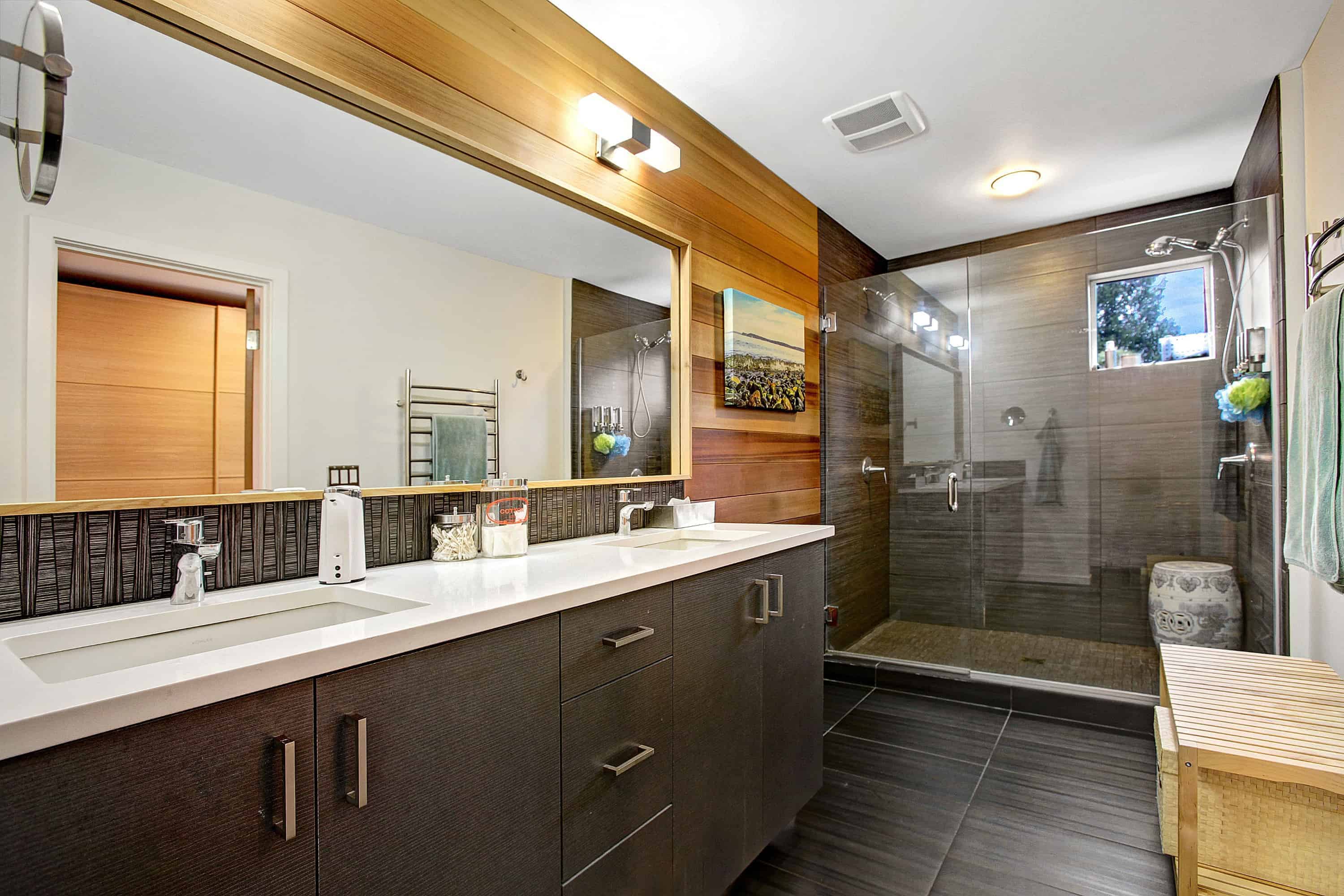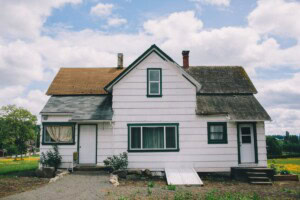
When you’re searching for a new home, pesky plumbing problems can be easily overlooked — especially if you don’t know how to identify issues lurking behind the walls. Some plumbing flaws are an easy fix. Others can lead to serious damage and major financial woes if they aren’t addressed by a reputed plumbing service.
Don’t get soaked! Before signing on that dotted line, make sure you look for these five red flags.
1. Aging water heater
Water heaters aren’t cheap to replace – they can set you back anywhere from $600 to $2,000. Before purchasing a home, consider the current state of its hot water tank.
An average water heater lasts about 10 years. Write down the model and serial number so you can figure out how old it is. However, you may be able to tell the state of the water heater without looking it up. Look for signs such as corrosion, dampness, and a lack of hot water. These are all signs that a water heater is approaching the end of its life. If left too long, the bottom of a water heater can give out and cause flooding.
It’s also important to look at where the water heater is located. If it leaks, could it ruin the surrounding carpet, hardwood floor or furniture? Homeowners often hide tanks in a garage close or utility closet, but be wary if these areas are near a living space.
2. Leaky toilets
If a toilet is constantly running, it could mean that a chain or flapper needs to be replaced – or it could be a sign of a bigger plumbing problem. If the toilet is not draining properly, it can lead to leaks. Toilets can leak from the bottom or from the tank. Water is a universal solvent, so it eventually wears down seals and gaskets.
To see if the toilet is in good condition, look for any damage in the surrounding area. Check for any nearby discoloration. If the floor feels soft or if the bowl wiggles in place when you move it, ask the homeowner why.
A leaking toilet can rot through your floor. To avoid this type of damage, seals and gaskets should periodically be professionally replaced. And if the damage is already done, you may want to take a pass.
3. Outdated sewage system
When considering a home’s plumbing situation, you must determine the type of sewage system. Generally, the sewer will exit the home at the lowest point of the house. City or county systems will run out to the street or a city main, whereas if it is septic it will run into a tank or field. If the home has a septic tank, find out where it’s located. Look around that space for water, seepage or unpleasant smells – all of which are warning signs.
If the sewage system has a mainline, it’s best to call a professional plumber to do a video inspection to analyze its condition. Sewage lines can be clogged or damaged from nearby tree roots, and old/deteriorating lines can collapse – allowing sewage to back up into your home.
4. Clogged drains
Clogged drains are one of the most common plumbing problems. They’re caused by loose hair, toiletry deposits, built-up oils and materials (like metal or paper towels) that don’t belong in any plumbing fixture. When overlooked, clogged drains can lead to serious leaks.
To check a drain, turn on the faucet and let it run for two or three minutes. It should drain fast – and continue to drain for the entire duration. If the kitchen has a disposal, make sure that runs smoothly, as well.
Take it one step further and look under the sink for leaks, water damage or mold (which can cause health problems). While you’re down there, take note if the drain line or disposal has been painted. This can be a sign that the previous owners are covering up a dated system.
5. Poorly installed water pipes
Leaky pipes can lead to serious water damage. To know where a home stands, look for the warning signs: pinhole leaks, corroded joints and warn piping. If the supply pipes are galvanized, then they are going to be dated and will also need to be replaced.
If you notice a restricted flow coming from the home’s drains, there’s a good chance the pipes aren’t big enough. Water pipes should be at least three-fourths of an inch at the main water source, and at least half of an inch in all other areas.
Pipes should also be properly insulated. Not only will this save your money in the long run (since you’ll be conserving water), but it’ll keep them from freezing and even bursting.
A home is one of the biggest investments you’ll make in your lifetime – so be certain you know what you’re getting yourself into. If you’re unsure how to identify or solve serious plumbing problems, it’s best to call in the professionals.























